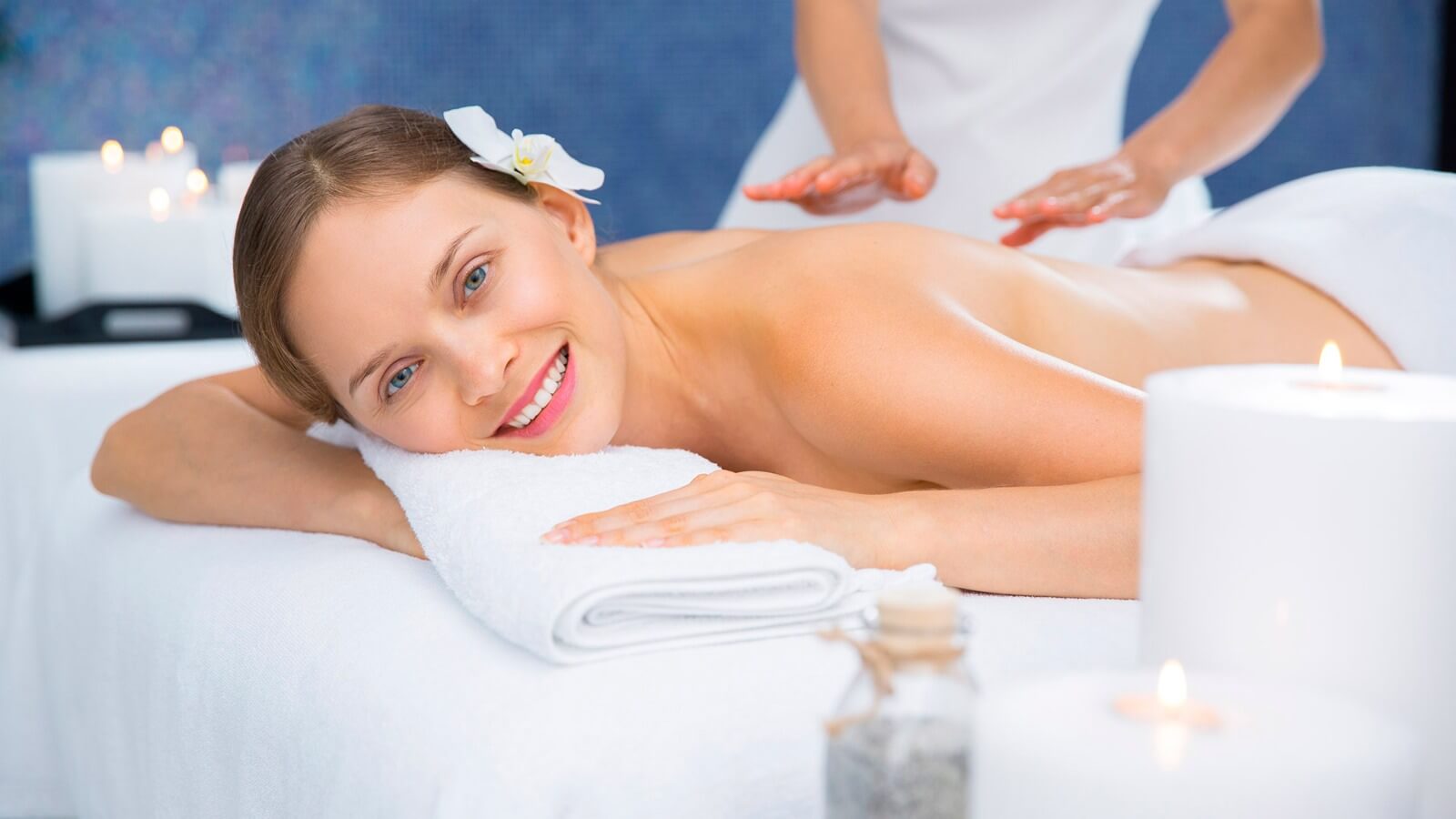Postpartum Abhyanga Massage – Ayurvedic postpartum care for new mothers

The well-being of new mothers is at the heart of the centuries-old practice of Ayurveda. The ‘science of life,’ Ayurveda offers a holistic set of guidelines on caring for new mothers and restoring the delicate balance of energies within the postpartum body.
According to Ayurveda, the human body is made up of three energies or doshas – Vata which consists primarily of air (and space), pitta which consists of fire (and water), and Kapha which consists of water (and earth). The process of childbirth creates an empty space within the womb, giving air the opportunity to occupy this space and causing an imbalance in the Vata energy. This is manifested as anxiety, dryness, gas, constipation, bloating, and interrupted sleep. Ayurvedic postpartum care is designed to harmonize the new mother’s Vata.
The primary goal of Ayurvedic care postpartum is to bring balance to the new mother’s Vata energy, to prevent excess air from entering the body, and to restore the new mother’s mind and body after the rigors of labor. Massages play a very important role in achieving these.
New mothers that have had uncomplicated natural deliveries usually start their daily oil massages and stomach binding in the first week postpartum. Mothers that have had less straightforward deliveries or c-sections usually start at the end of week two, depending on the advice of their doctors and the recovery of their scar.
An experienced massage therapist will come to your home for your convenience for a period of one to three months and will be responsible for giving the new mother daily oil massages or abhyanga, using warm oils that are designed to reduce Vata.
Traditionally, these oils would be infused with herbs such as Bala, Chandana, Kushta, Ashwagandha, Eranda (castor), or til (sesame). To order oils for postpartum abhyanga massages for home use click here.
Not your typical ‘spa’ massage
Oil massages for the new mother take place in a warm room – air conditioning is switched off and windows are closed to prevent excess air. Sweat is another benefit of the warm environment – it is considered to be a good way for the body to rid itself of excess fluids gained during pregnancy.
The massage lasts up to an hour and is quite vigorous to relieve aching bones and improve circulation. It is usually a full body and head massage with extra oil applied to the naval area. The breasts are avoided and the abdomen is firmly massaged (if the health of the new mother allows for it). According to Ayurveda, this helps the uterus contract to its original size and the organs to return to their original positions.
Numerous benefits of abhyanga
Postpartum massages help with the following:
- Provide relief from pain that might residue from delivery
- Soothe new aches from carrying and holding a baby around the clock (which can be stressful on arms, shoulders and the back)
- Remove fatigue
- Strengthen the core muscles that have stretched during pregnancy
- Improve stability and posture
- Prevent dryness and itchiness
- Remove ‘lochia’, blood, and other discharge from the uterus
- Increase circulation and thus reduce swelling
- Reduce stress and help deal with postpartum blues (one study found that massage therapy reduces cortisol by 31% [2] )
- Aid in overall relaxation and help the new mother sleep better
As a result of all these, massage is also believed to promote better lactation.
A holistic approach to recovery
With its holistic guidelines, Ayurveda brings structure and routine to the postpartum period. Each practice offers several benefits, both for the short and the long term. It’s no wonder Ayurvedic postpartum care is often referred to as ’40 days for 40 years.’
Disclaimer: The above information is only meant to illustrate the practices commonly followed in Ayurvedic postpartum care and is not a guide. Please consult your primary healthcare provider before following any of the practices mentioned above.
References


